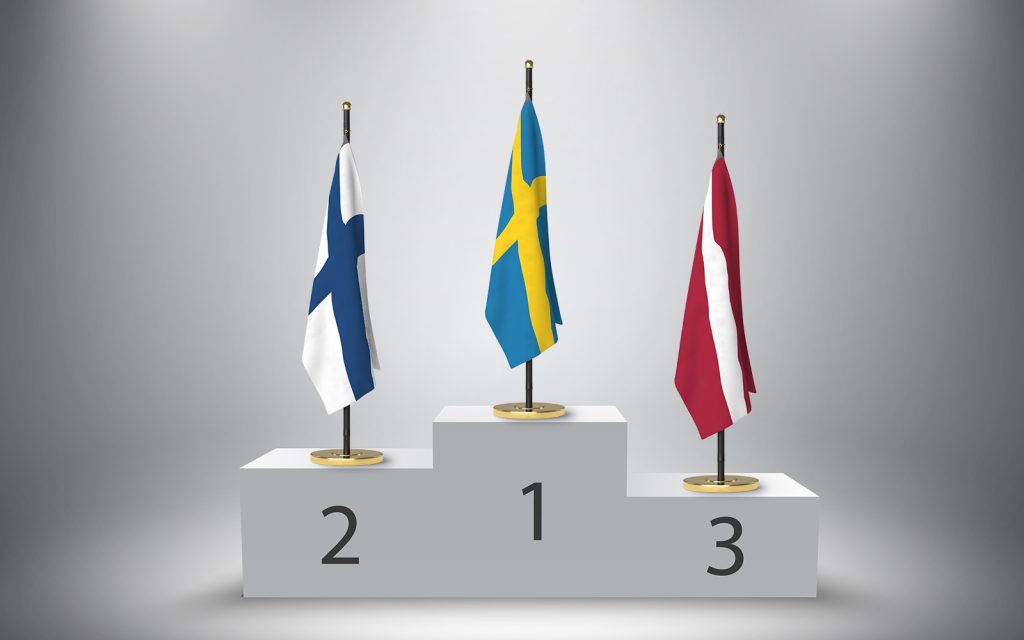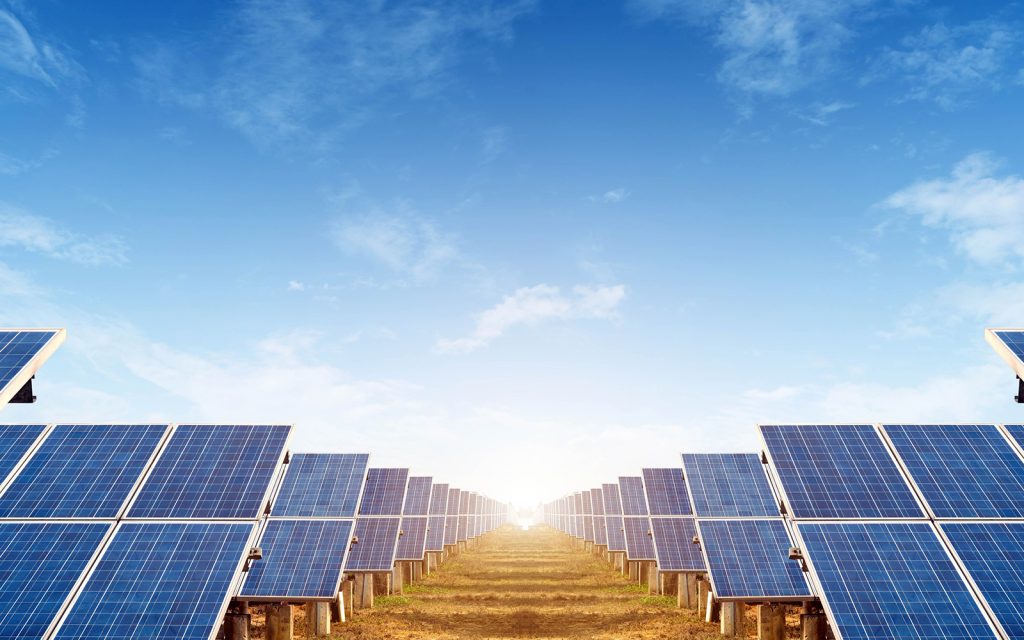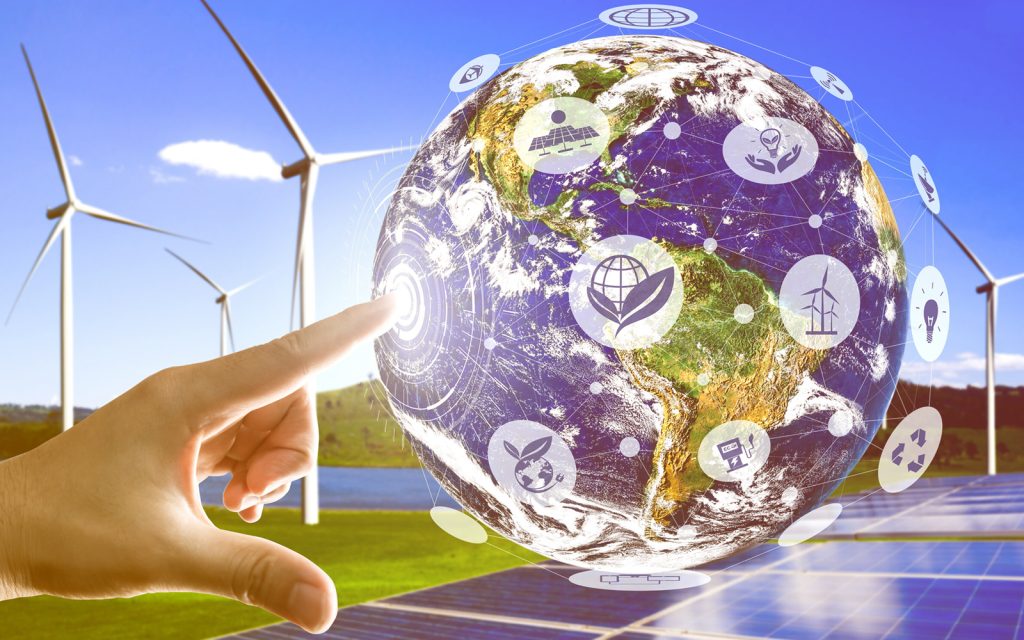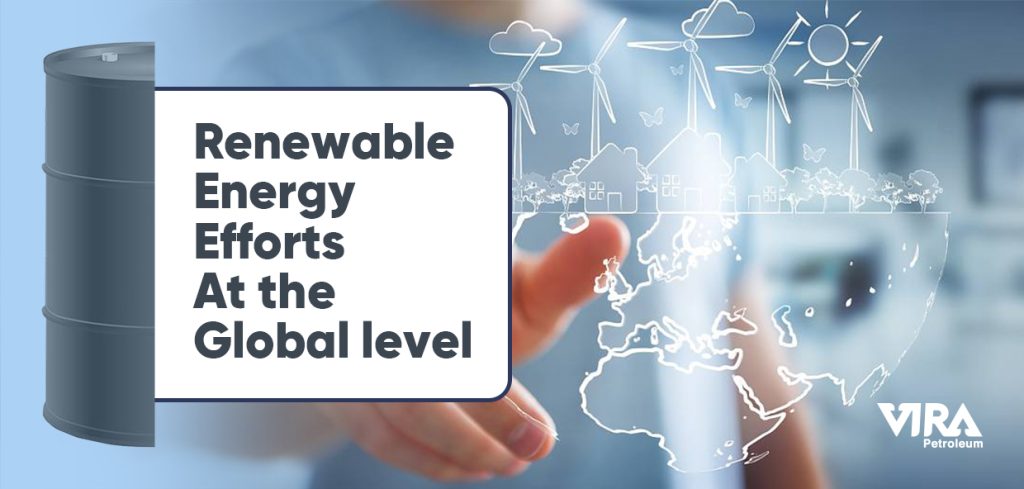More than 90% of countries are committed to net-zero carbon emissions by 2050 (124 out of 137 countries), and energy plays a massive role in net-zero efforts. The main focus for governments has been on incorporating more renewable energy into their energy mix.
Are countries using more renewable energy technologies to integrate into their energy grids, and how is the global energy landscape changing?
Renewable energy in Canada
Canada’s vast landmass and diversified geography make it an excellent location for the renewable energy industry. The country has promoted renewable resources through moving water, wind power, solar power, and geothermal energy.
It is estimated that approximately 16% of the country’s energy mix comes from renewable sources, with hydropower being the most prominent. Canada’s electricity is generated 60% of the time, and 68% of its renewable energy comes from it. Moreover, Canada is the world’s third-largest hydroelectricity producer. Hydroelectricity capacity in Canada in 2018 stood at 81,386 megawatts (MW).
Second, biomass represents 23 percent of all renewable energy in the country. The wind is the third-largest renewable energy source in the country, supplying 5% of its electricity. Alongside solar, it has also been one of the fastest-growing renewable energy technologies. A total of 13,417 MW of wind power capacity was installed in Canada in December of this year. With a total capacity of 300MW, the largest wind farm in the country is Lake Alfred (I and II).
In Canada, 90 percent of electricity is expected to come from non-emitting sources by 2030. Canada has committed at least 40 billion USD annually to support clean energy since the start of Cvid-19 2021. As well, Canada recently announced a 964-million-dollar program to support projects to modernize the country’s electricity grid and cut emissions.

Renewable energy in Europe
According to the EU, renewable energy sources contributed 19.7% to the total electricity consumption in 2019, compared to 9.6% in 2004. There are currently only 0.3% left until the 2022 target of 20%, which will be divided between each member, and each will have its own national action plan to outline the methods for utilizing alternative energy.
Through the European Green Deal, businesses and citizens will be able to take advantage of the sustainable green energy transition by 2022, enabling Europe to become the first climate-neutral continent by 2050.
In 2019, Sweden ranked as the top performer when it came to renewable energy consumption, with more than half (56.4%) of its gross final energy consumption being derived from renewable sources, followed by Finland (43.1%) and Latvia (41.0%).
Read More: base oil
Wind and water are Europe’s most important renewable energy sources, accounting for about 35% of electricity generated from renewable sources. Other renewable sources (9%) and solar energy (13%) make up the remaining one-third of the electricity generated. With a rise of just 7.4 TWh in 2008 to 125.7 TWh in 2019, solar power has been the fastest-growing renewable energy source.
Renewable energy in Europe also reached a record level in 2020. From January to June, renewable energy sources, including wind, solar, hydropower, and bioenergy, produced 40% of the electricity consumed in the EU-27.
Through its Just Transition Fund, the EU will help decarbonize infrastructure and build energy storage and smart grids to make its energy system more flexible in a bid to recover from the COVID pandemic. In addition to setting a 30% target for renewable energy use in the EU by 2030, the European Commission has set an ambitious 40% target 2030 for renewable energy consumption.

Renewable energy in The Middle East and North Africa
While the Middle East and North Africa’s energy mix makes up a relatively small amount of renewable energy sources (7%), the region has invested heavily in diversifying its energy mix and increasing the use of renewable energy sources rather than only focusing on its infrastructure-heavy oil and gas sector. Currently, the region has 27 GW of installed renewable energy systems, 21 GW of which are hydroelectric.
In the region as a whole, many governments have set bold targets to achieve net-zero energy, with Dubai setting the most ambitious goal of 75% of its energy coming from clean sources by 2050. By 2025, the Middle East and North Africa are anticipated to add nearly 100 GW of new renewable power generation capacity. By 2021, an additional 39 GW of renewable power generation capacity is expected.
Read More : recycled oil
Several countries within the region have embraced solar power, given their sunny climate. There are some of the best solar power projects in the world happening in the area right now, and the country of Morocco has the largest CSP (Concentrated Solar Power) facility in the world.
In 2025, solar energy capacity in the region will increase 18-fold, adding 57GW of capacity by investing over 182 billion US.
In addition to the IRENA Clean Energy Initiative, an ambitious program that aims to expand the clean energy production of Arab states from 12 GW in 2013 to 80 GW in 2030, IRENA has partnered with Arab states to promote the Pan-Arab Clean Energy Initiative. With all these developments in the sector, there is a huge need for technical expertise in the region.

Renewable energy in the United States
Since 2000, renewable energy has grown by 100% in the USA and is the fastest-growing energy source. As of 2018, renewable sources produced 17% of the country’s net electricity. Hydropower and wind accounted for most of this production (7.4% and 6.6%, respectively).
US Energy Information Administration (IEA) reports that the US generated about 20% of its total electricity from renewable sources in 2020. In addition, renewable electricity contributed 12% of US energy consumption in 2020 compared to 2019.
Over the last few years, the US has dramatically expanded its wind power infrastructure, and in 2019, it became the most consumed source of renewable energy in the US. In 2020, wind energy consumption in the US will increase by 14%.
There was also an increase in solar power, with more than 81 GW of installations in 2019. According to the latest figures, solar photovoltaics contributed more than 40% of the new generating capacity in 2019.
Despite renewable energy’s relatively small share of the current energy mix in the United States, the American renewable energy sector has much potential. A decade from now, 37 states, the District of Columbia, and 4 US territories will have independent policies or goals requiring renewable portfolio standards, with 73 GW of renewable electricity projects being expected by 2030.
Additionally, the new administration has pledged 2 trillion dollars to clean energy and to decarbonize the country’s power industry by 2035 as part of an enormous desire to become carbon-neutral by 2050.

